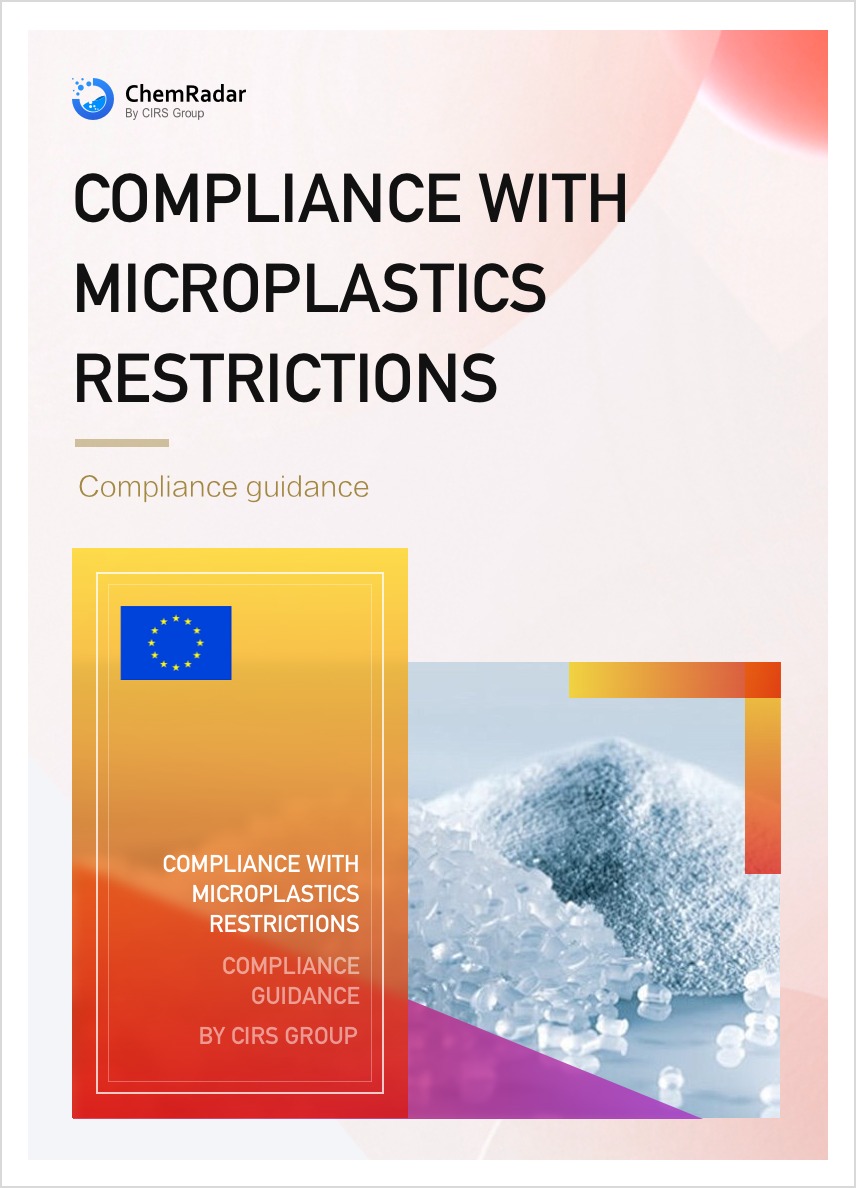On May 25, 2025, the European Chemicals Agency (ECHA) launched a 60 - day public consultation on CLH proposals for 5 substances. The upgraded hazard classification of Trifluoroacetic Acid (TFA) has drawn attention.
CLH Public Consultation for 5 Substances:
|
Name |
EC Number |
CAS Number |
Hazard classes open for commenting |
Start of consultation |
Deadline for commenting |
|
di(morpholin-4-yl) disulphide |
203-103-0 |
103-34-4 |
Skin sensitisation |
26/05/2025 |
25/07/2025 |
|
N,N'-hexane-1,6-diylbis[2,2-dimethyl-3-(morpholin-4-yl)propan-1-imine] |
- |
1217271-49-2 |
Skin corrosion/irritation |
26/05/2025 |
25/07/2025 |
|
N-[3-({[2,2-dimethyl-3-(morpholin-4-yl)propylidene]amino}methyl)-3,5,5-trimethylcyclohexyl]-2,2-dimethyl-3-(morpholin-4-yl)propan-1-imine |
- |
1217271-02-7 |
Skin corrosion/irritation |
26/05/2025 |
25/07/2025 |
|
sodium trifluoroacetate; [1] and other inorganic salts of trifluoroacetic acid [2] |
220-879-6 [1] - [2] |
2923-18-4 [1] - [2] |
Acute toxicity – inhalation |
26/05/2025 |
25/07/2025 |
|
Trifluoroacetic acid |
200-929-3 |
76-05-1 |
Acute toxicity - inhalation |
26/05/2025 |
25/07/2025 |
Comparison of Current and Proposed Classifications for Trifluoroacetic Acid
|
Current Classification (CLP Annex VI) |
Proposed Revised Classification |
|
Acute Toxicity (Inhalation) Category 4 (H332) |
Acute Toxicity (Inhalation) Category 3 (H331) |
|
Skin Corrosion Category 1A (H314) |
Skin Corrosion Category 1A (H314) remains the same |
|
Aquatic Chronic Hazard Category 3 (H412) |
Aquatic Chronic Hazard Category 3 (H412) remains the same |
|
— |
Additional Reproductive Toxicity Category 1B (H360fD) |
|
— |
Additional PMT/vPvM labels (EUH450, EUH451) |
TFA is widely used in refrigerants, pharmaceutical synthesis, and pesticide production, and is also a metabolic product of many fluorine - related chemical industries. The revision will significantly impact the fluorine chemical industry. With the proposed classification, increased emissions will adversely affect the environment and human health. Related enterprises need to strengthen its treatment and recycling to reduce potential risks. Also, more attention should be paid to its environmental behavior and potential risks during R & D and use to find greener alternatives.
If the proposal is approved, enterprises involved in TFA production and use must update SDS, product labels, and risk management plans. For example, workplaces need better ventilation, and the supply chain should clearly mark reproductive toxicity and environmental hazards. ECHA has opened a public consultation channel until July 25, 2025. Relevant parties can submit scientific evidence or comments via this link.
Further Information



